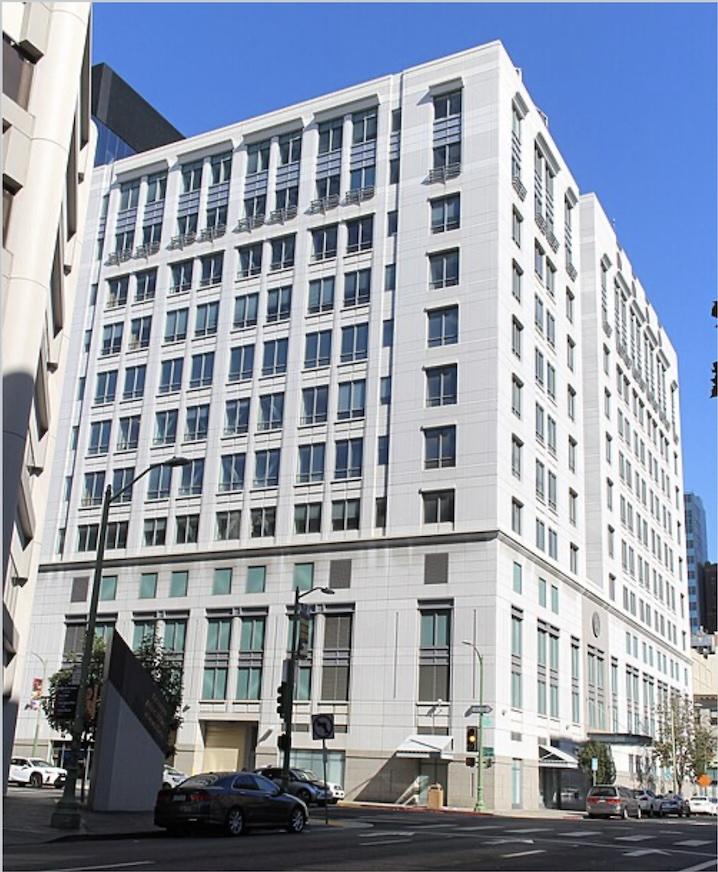‘Cal 3’ will appear on the November ballot
A measure that would divide California into three separate states was qualified on Tuesday, June 12 to appear on the ballot for the November general election, the CA Secretary of State’s office confirmed.
Proposed by Silicon Valley venture capitalist, Tim Draper, the initiative — informally called “Cal 3” — will break the state into California, Northern California and Southern California, a threat to end California’s 168-year history as a single state. According to the Secretary of State’s office, Draper had accumulated more than 402,468 valid signatures from supporters to get the radical plan on the ballot.
Supporters of Cal 3 has said that California leadership has “failed” its residents for not catering to a wide variety of communities. They say a three-way partition would allow its respective communities make legislative decisions on a wide variety of pressing issues that represent their values.
Under the measure, each state would about 12.3 million to 13.9 million people. Northern California would comprise of 40 counties, including the Bay Area and counties north of Sacramento. California would include the counties of Los Angeles, Ventura, Santa Barbara, San Luis Obispo, Monterey and San Benito. Southern California would include 12 counties: San Diego, San Bernardino, Orange, Riverside, Mono, Madera, Inyo, Tulare, Fresno, Kings, Kern and Imperial.
“The California state government isn’t too big to fail, because it is already failing its citizens in so many crucial ways,” Peggy Grande, spokeswoman for Citizens for Cal 3, said in a statement. “The reality is that for an overmatched, overstretched and overwrought state-government structure, it is too big to succeed. Californians deserve a better future.”
The ambitious effort, however, has an uphill battle to appeal to voters. According to an April 2017 survey, only 17 percent of registered voters support Cal 3 while 72 percent of voters think that the state should be left alone.
Breaking up California would greatly affect its current position as the nation’s most populous state and the world’s fifth largest economy. It would also affect congressional representation; the addition of two new states would add four new U.S. Senators, which could sway the Senate in the Democrats’ favor.
But it could also be a disadvantage to liberals. California has 55 electors in the Electoral College, which has given the Democratic candidates a powerful advantage in presidential elections. Splitting the state could inevitably cause the Democratic Party to lose that influence.
Analysts predicted that the break would also affect majority partisanship as well. The University of Virginia’s Center for Politics found that Northern California would remain Democrat while Southern California would likely be a swing state.
Critics have condemned the proposal for being too costly to the taxpayers and would increase political strife, allowing the increase of bureaucratic machinations.
“Splitting California into three new states will triple the amount of special interests, lobbyists, politicians and bureaucracy. California’s government can do a better job addressing the real issues facing the state, but this measure is a massive distraction that will cause political chaos and greater inequality,” Democratic political consultant Steven Maviglio told the Mercury News.
This isn’t the first time that there has been a proposal to reconfigure the state’s structure. Most memorably, a campaign to split the conservative northern counties into its own state called Jefferson and a bid for California to completely secede from the nation each failed to gain traction.
If the measure garners a majority of yes votes, Cal 3 will be subjected to approval by the U.S. Congress before taking effect. (Klarize Medenilla/AJPress)







